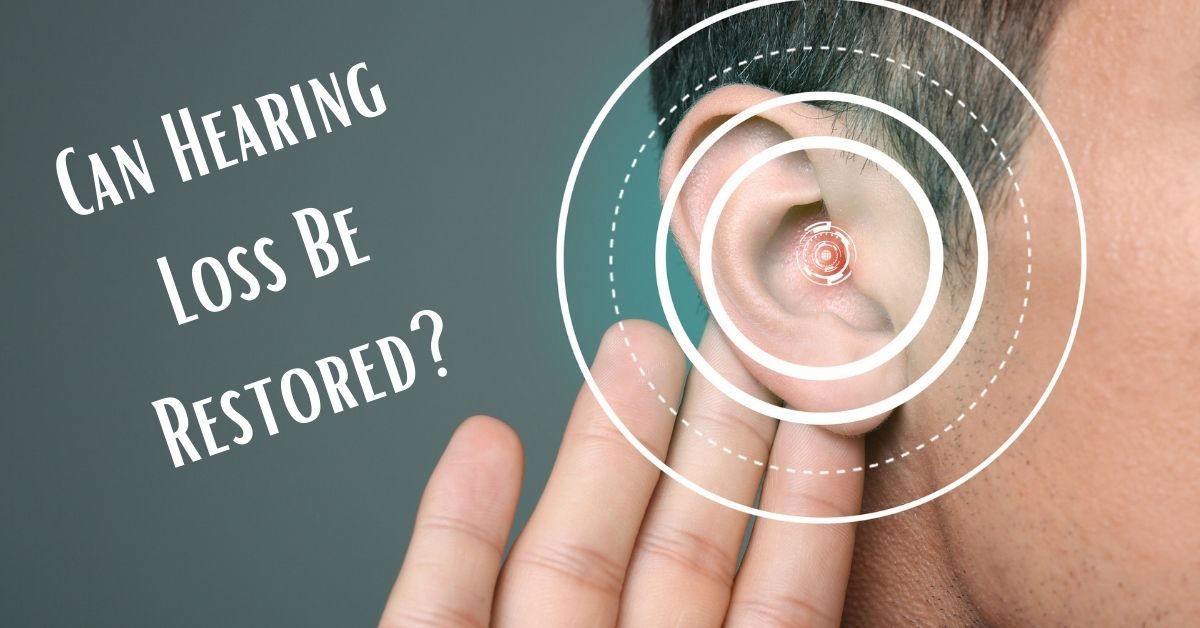If you or a loved one has recently started to experience the effects of hearing loss, you are far from alone in the United States. Across the country, around 15% of adults experience some degree of hearing loss, which adds up to almost 40 million people. Sometimes, depending on your type of hearing loss, your hearing can be restored. While the most common causes of hearing loss are irreversible there are treatments out there that can help you to hear almost like you used to. The first step is to figure out what kind of hearing loss you have.
Types of hearing loss
There are three main types of hearing loss:
- Conductive
- Sensorineural
- Mixed
Conductive hearing loss
Conductive hearing loss is caused by an obstruction or damage to your outer or middle ear that inhibits sound from being conducted to your inner ear. With conductive hearing loss, your inner ear and auditory nerve are undamaged. Depending on the cause, conductive hearing loss can be temporary or permanent. Some causes of Conductive hearing loss include;
- Fluid in your middle ear from colds or allergies.
- Ear infection,
- A hole in your eardrum.
- Benign tumors. These tumors are not cancer but can block the outer or middle ear.
- Earwax, or cerumen, stuck in your ear canal.
- Infection in the ear canal, called external otitis. You may hear this called swimmer’s ear.
- An object stuck in your outer ear.
- A problem with how the outer or middle ear is formed.
Sensorineural hearing loss
Sensorineural hearing loss is the most common type of hearing loss. It’s permanent loss caused by damage to your auditory nerve or the cilia, which are tiny hair like cells in your inner ear. This type of hearing loss can be caused by the following things:
- Illnesses.
- Drugs that are toxic to hearing.
- Hearing loss that runs in the family.
- Aging.
- A blow to the head.
- A problem in the way the inner ear is formed.
- Listening to loud noises or explosions.
Mixed hearing loss
Sometimes hearing loss can be the result of a combination of sensorineural and conductive hearing loss. For example, your sensorineural hearing loss might be complicated by wax impaction. This is called mixed hearing loss.
Reversing conductive hearing loss
Depending on the nature and extent of the problem, people with conductive hearing loss can get some or even most of their hearing back. However, not everyone can reverse or regain their hearing loss.
Often, hearing can be fully restored by addressing what may be causing blockages, such as:
Reversing sensorineural hearing loss
Once damaged, your auditory nerve and cilia cannot be repaired. But, depending on the severity of the damage, sensorineural hearing loss has been successfully treated with hearing aids or cochlear implants.
Cochlear implants
A cochlear implant bypasses the injured or damaged portion of the auditory system and directly stimulates your auditory nerve. With a cochlear implant, many people — even those with severe sensorineural hearing loss — have been able to reverse hearing loss partially.
How do hearing aids help?
Schedule a visit with us at HearCare Rhode Island to test your hearing. If we recommend hearing aids, we will work with you to calibrate them to your specific hearing loss. The basic purpose of a hearing aid is to amplify sound. But today’s hearing aids can be highly customized to your specific hearing needs—amplifying the sounds you need to hear while minimizing those you don’t. While they can’t exactly mimic normal hearing, they work very well for people with mild to moderate hearing loss.

